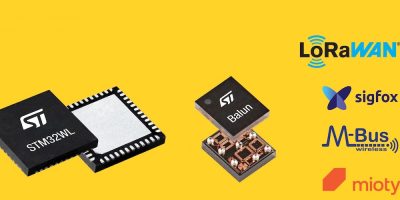Mitsubishi Electric has updated its RT Toolbox3 and iQ Works2 to offer a new visual editor for programming SCADA and six-axis industrial robots. It has been designed with operators that are new to robotics in mind, and is designed to help users streamline the set-up of automated applications.
Both entry-level and experienced users can benefit from the new additions to RT Toolbox3 and iQ Works2, said Mitsubishi Electric. The latest update adds an intuitive GUI (graphical user interface) that features drag-and-drop building blocks to the programming environment. This enables the creation of flowchart diagrams to quickly set up and simulate robot workflows without requiring any specialist knowledge, said Mitsubishi Electric.
The pre-coded modules feature a configuration wizard that helps users to insert the parameters needed for the machine to move, pick, pause and repeat. As a result, it is possible to customise the robot actions for flexibility to make it easier to deploy industrial robots.
The tool mirrors the framework used to set up and run the MELFA Assista collaborative robot (cobot). This means any operator that has experience with this system will be able to interact with industrial robots using a familiar environment with the option to compare the visual flowcharts with the automatically generated scripts. This will support users advance programming skills and offers an educational platform to interact with the two programming forms and develop a company’s future workforce.
Barry Weller, robotics product manager at Mitsubishi Electric, commented: “Industrial robots are generally misperceived as time, resource and cost intensive as well as too complex to be used for entry-level applications”. These additions expand the tools available, and with the graphical programming interface, targets novice users for ease of configuration and installation of any type of industrial robot, said the company.
“More experienced engineers can also benefit from this update, as it can help simplify and reduce their programming time,” said Weller. This is why Mitsubishi Electric has made the new functions available to new and existing customers. “We want to maximise accessibility to help companies improve and futureproof their operations,” he added.
The update is automatically included in recently purchased robot packages.







